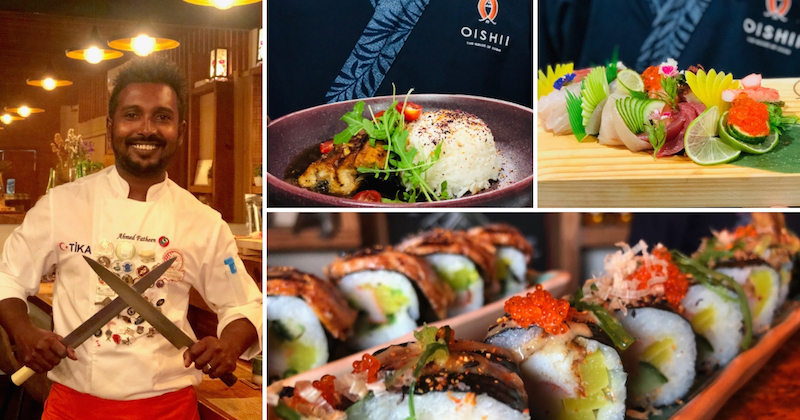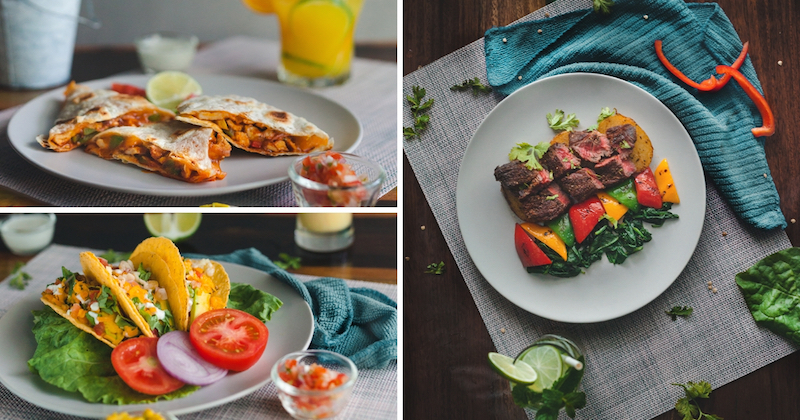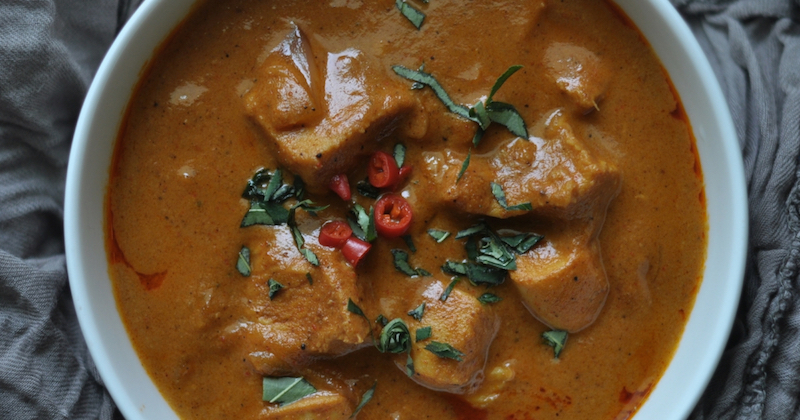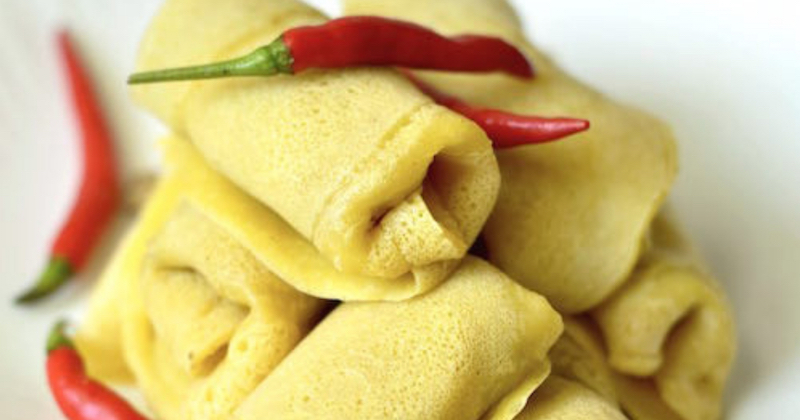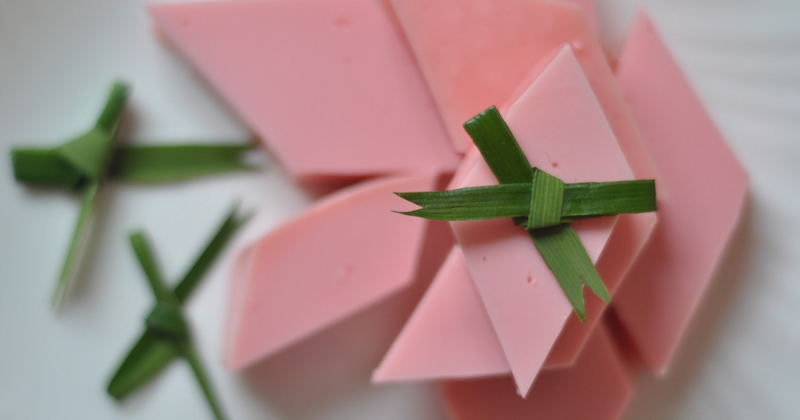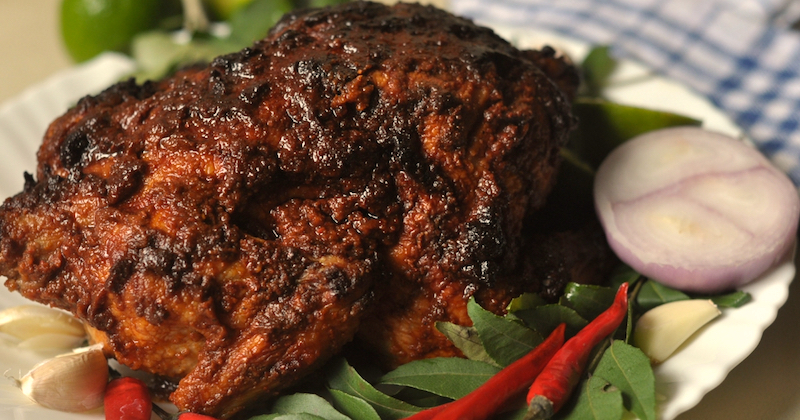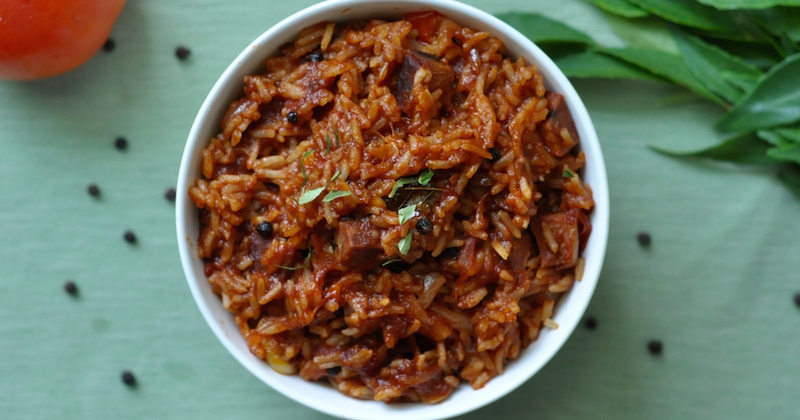Herbs and Leaves in Maldivian Cuisine
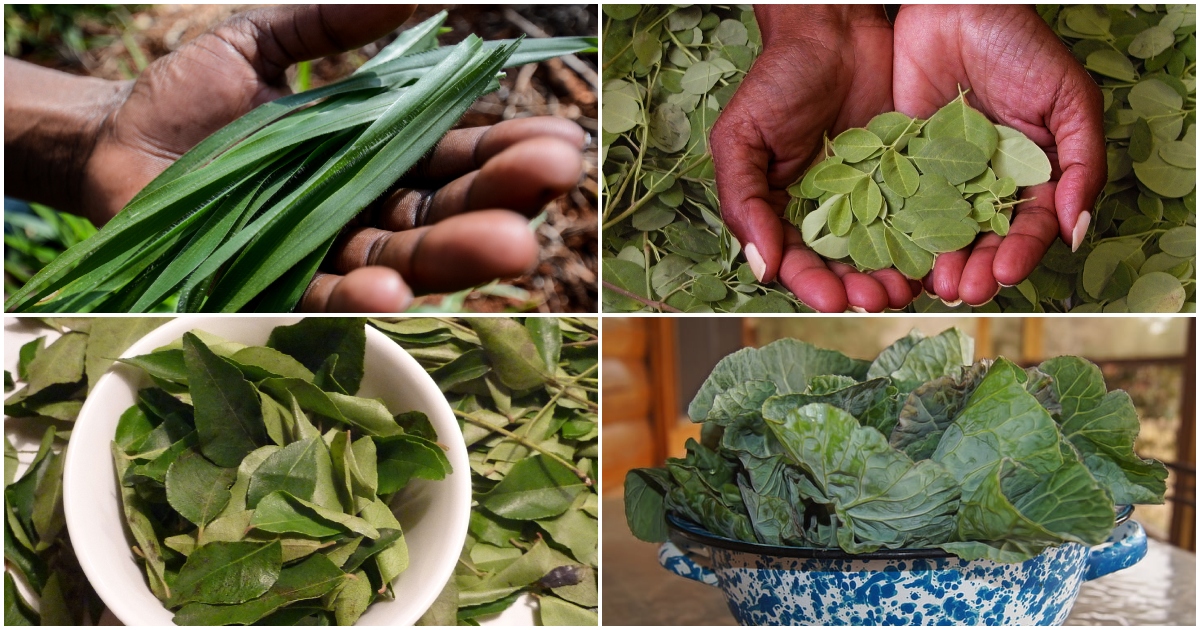
by Iyath Adam
The Maldivian cuisine is one that is primarily dependent on fish, coconut, and starches as staple components. However, different herbs and leaves also play an important role in our cooking, be it as an aromatic seasoning or even as side dishes.
Below, let’s take a look at some of the frequently used herbs and leaves that we use in Maldivian cooking.
Muranga Faiy (Moringa Leaves/Drumstick Leaves)
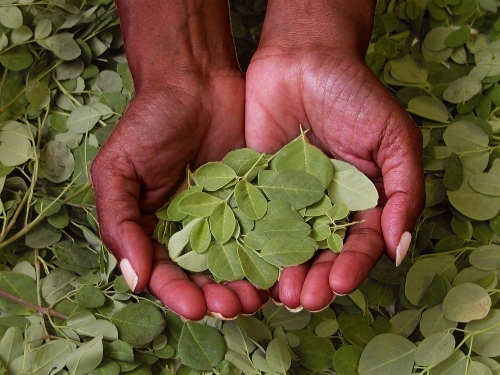
Perhaps the most versatile leaf used in Maldivian cuisine is the moringa leaf or muranga faiy which can be eaten raw, fried, or used in savoury pancakes and even curries.
The famed Maldivian thelli faiy consists of moringa leaves which are fried with thinly sliced onion, garlic and whole chillies and is commonly eaten with rice and garudhiya (Maldivian fish soup) or rihaakuru (Maldivian fish paste). Muranga faiy bisgandu or mixed omelette made with moringa leaves and aromatics is also a healthy breakfast option while muranga fathu riha or curry is a lunch dish eaten with either rice or roshi (Maldivian flatbread). Another crowd-pleaser is a savoury pancake made with rihaakuru called rihaakuru folhi.
Kopee Faiy (Collard Greens)
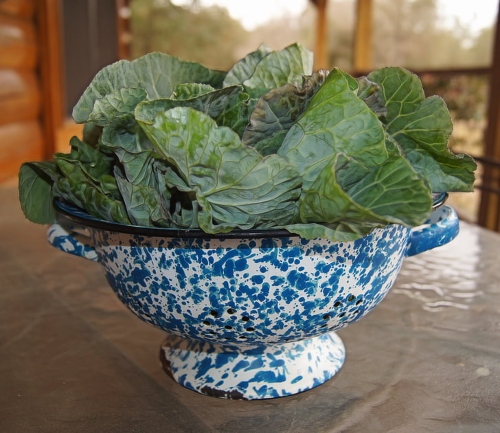
Kopee faiy or collard greens grown in the Maldives are a slightly darker green in colour with a purplish stem.
The best-known dish made with kopee faiy is possibly kopee fathu mashuni – a mixture made with the thinly sliced collard greens, onions, chillies, shredded coconut, and tuna and eaten with roshi for breakfast A punchier version of this can be made with rihaakuru (minus the tuna) as a type of sambal as well. Kopee faiy is also eaten raw as a side dish, usually with lunch or dinner dishes.
Hikandhi Faiy (Curry Leaves)
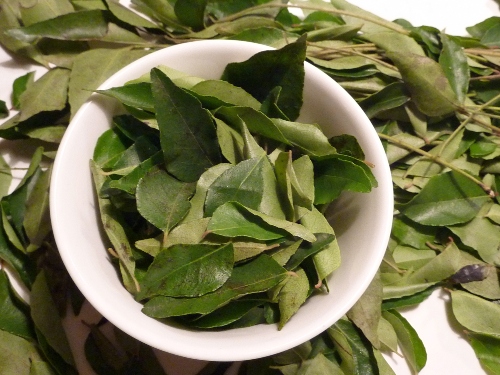
As the name suggests, curry leaves or hikandhi faiy are aromatic leaves which are added to almost all savoury cooked dishes. This ranges from different mixed rice and noodle dishes to curries, dry curries and even fish mixtures for different hedhika (short eats)!
Curry leaves are also added to Dhivehi havaadhu – Maldivian spice mixtures or curry pastes which are used to make different types of curries, dry curries and shorteat fillings.
Raanbaa Faiy (Pandan Leaves)
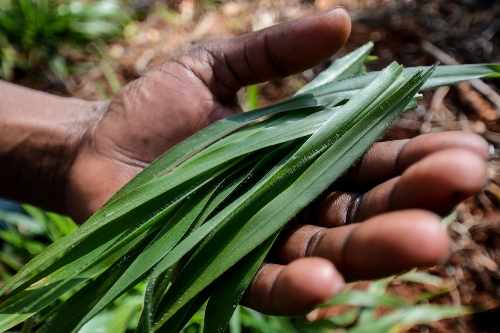
Raanbaa faiy or pandan leaves go hand in hand with hikandhi faiy as a flavour enhancer for almost all savoury dishes in the Maldivian cuisine.
It is also used to add an extra oomph flavour to various traditional Maldivian desserts such as bondibaiy, kandhi and pirini. Recently, pandan-flavoured desserts have also been becoming popular – like this delectable pandan haluvidhaa or pandan cake.
Boaveli Faiy (Maldivian Spinach)
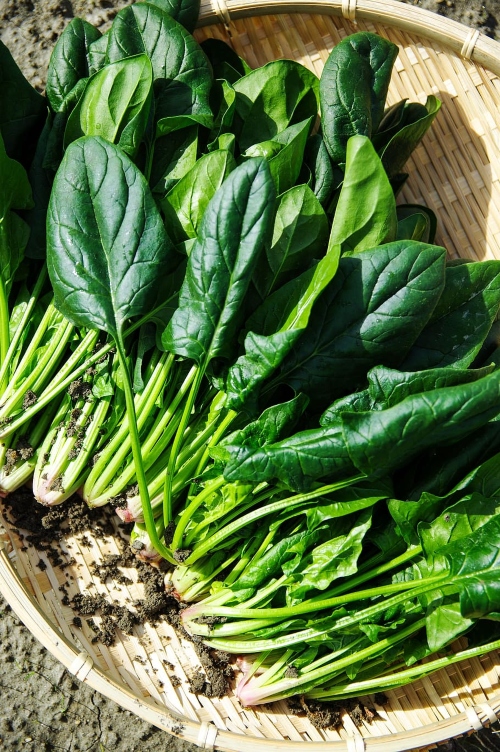
Boaveli faiy or Maldivian spinach – similar to kopee faiy – are darker and thicker than normal spinach leaves. The taste is also earthier and is therefore usually eaten mixed as a mashuni or in omelettes rather than being eaten on its own.
Kudheena Faiy (Mint Leaves)
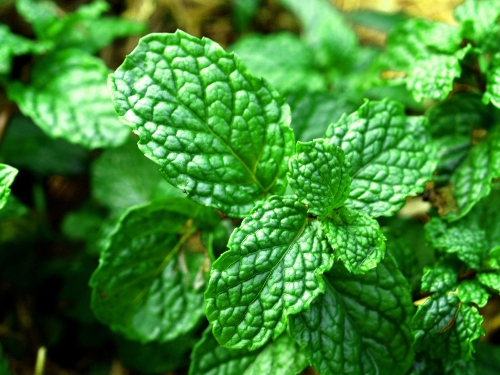
Kudheena faiy or mint leaves are a medicinal herb plant used widely in traditional Dhivehi medicine-work. In cuisine, kudheena faiy are usually used in satani dishes (Maldivian salads) like this fundi satani with mint leaves and grated coconut as the main ingredients.
Kulhlhafilaa Faiy (Beach Launaea)
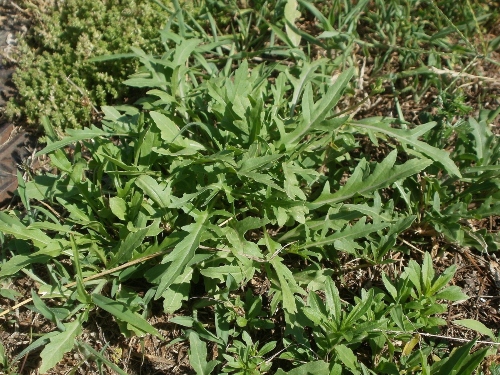
Another leafy green which is widely eaten is kulhlhafilaa faiy or beach launaea which can be mixed together with grated coconut, rihaakuru, onion, chillies and lime to make kulhlhafilaafathu satani – best enjoyed during iftar time on Ramadan!
About Lonumedhu
Lonumedhu is about eating great food right here in the Maldives.
Our easy to follow recipes use locally available ingredients.
In our blog you will find food news, interviews with chefs and cooks, useful information about eating out and other foodie reads.
Contacts
© Lonumedhu.com 2017-2025. All rights reserved. No part of this website may be reproduced without the written permission of the publisher.
Advertisers
Lonumedhu.com has partnered with Qualia Pvt Ltd, a publishing & marketing agency, for its desktop and mobile advertising.
Advertising enquiries should be directed to (960) 987 4396 or marketing.sales@lonumedhu.com.

